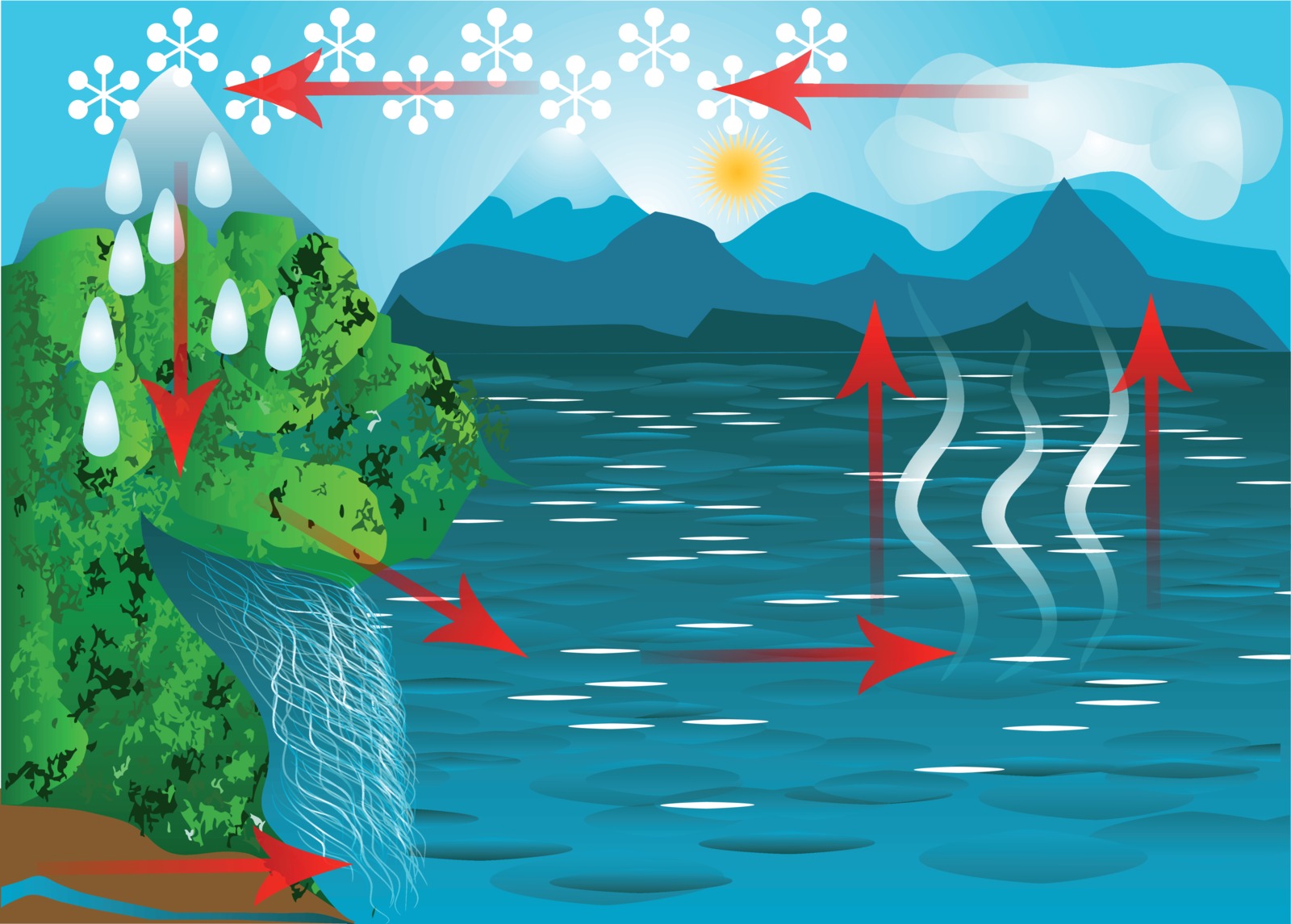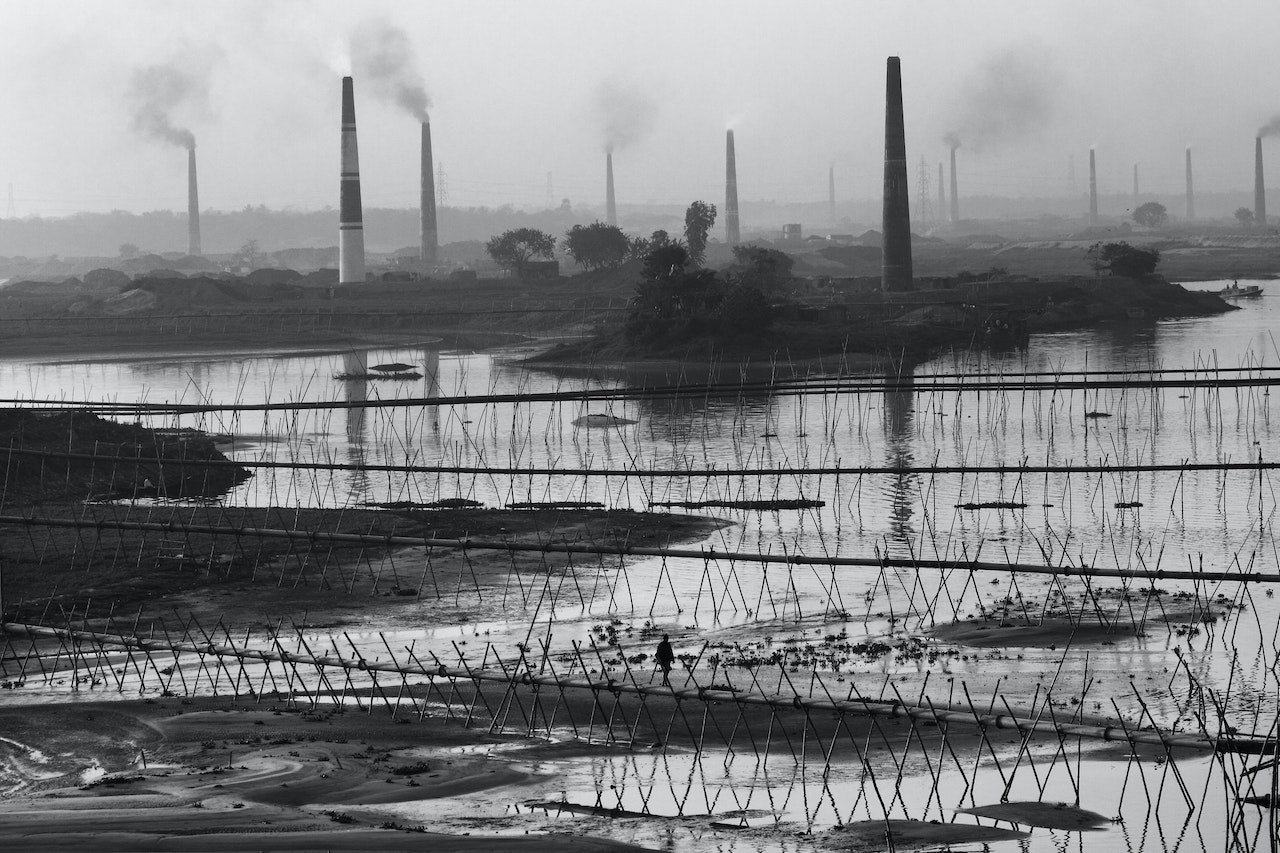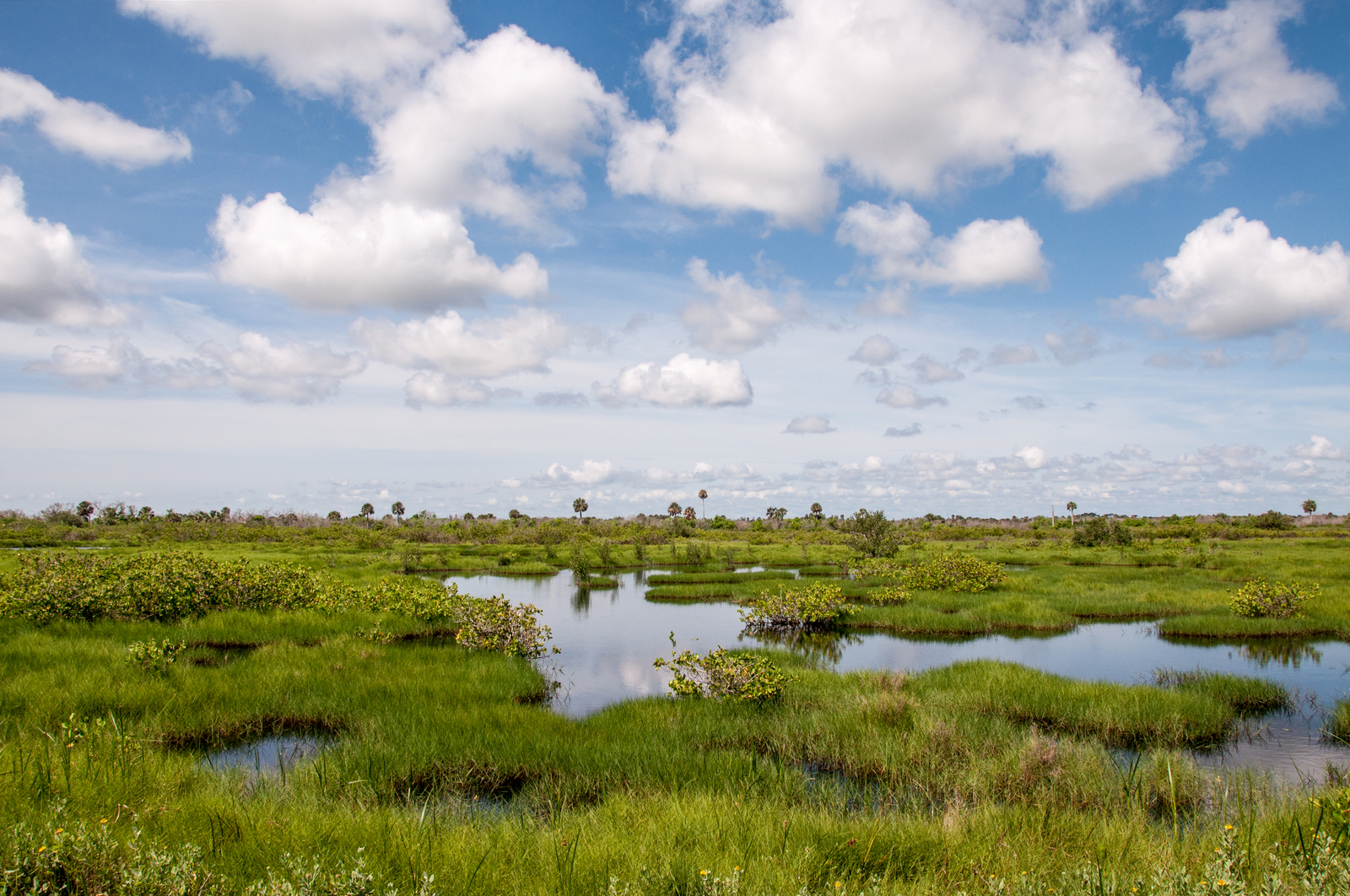The water cycle, a fundamental process driving Earth’s hydrological system, encompasses various stages from evaporation to precipitation. This intricate phenomenon involves the transformation of liquid water into vapor, its subsequent ascent into the atmosphere, and eventual condensation leading to cloud formation.
In this article, we delve into the scientific intricacies behind each stage of the water cycle, exploring the role of evaporation as well as elucidating the processes underlying condensation and precipitation. By decoding these mechanisms, we gain a deeper understanding of how water circulates within our planet’s ecosystems.
Key Takeaways
- Evaporation is a critical process in the water cycle that transforms liquid water into water vapor through heat transfer.
- Changes in evaporation rates, influenced by rising temperatures due to climate change, can impact regional rainfall patterns and increase the risk of droughts or floods.
- Condensation is the process where water vapor cools and transforms into liquid droplets, leading to cloud formation.
- Precipitation, in various forms such as rain, snow, hail, sleet, and freezing rain, plays a crucial role in maintaining Earth’s water balance, supporting ecosystems, and providing water for various human activities.
The Role of Evaporation in the Water Cycle
Evaporation plays a significant role in the water cycle by transforming liquid water into water vapor through the process of heat transfer. It is a fundamental process that occurs when energy from the sun heats up bodies of water, causing the molecules at the surface to gain enough kinetic energy to escape and enter the atmosphere as vapor.
The significance of evaporation rates lies in its contribution to global precipitation patterns. As water evaporates from oceans, lakes, rivers, and even plants, it increases atmospheric moisture content, which eventually condenses and falls back to Earth as precipitation.
However, climate change has been shown to impact evaporation rates. Rising temperatures can accelerate evaporation, leading to potential changes in regional rainfall patterns and increasing the risk of droughts or floods. Understanding these changes in evaporation is crucial for comprehending how climate change affects our hydrological system and managing freshwater resources effectively.
In order to understand condensation in the water cycle, it is important to first comprehend how evaporation influences atmospheric moisture levels and sets the stage for this subsequent process.
Understanding Condensation in the Water Cycle
Condensation is an essential process in the water cycle, where water vapor cools and transforms into liquid droplets. The condensation process occurs when warm air containing water vapor comes into contact with a surface or air mass that is cooler than its dew point temperature. This causes the water vapor to lose energy and change from a gaseous state to a liquid state. The impact of temperature on condensation is significant, as lower temperatures increase the likelihood of condensation occurring.
To better understand this process, imagine the following:
- A cold glass of water on a hot day, where moisture forms on the outer surface.
- Clouds forming in the sky as warm air rises and cools at higher altitudes.
- Foggy mornings when moist air near the ground encounters cooler temperatures.
As we delve deeper into understanding condensation, it becomes crucial to explore the journey of water vapor in the atmosphere…
The Journey of Water Vapor in the Atmosphere
The movement of water vapor in the atmosphere involves several processes, including the transport, transformation, and redistribution of moisture.
Atmospheric moisture refers to the presence of water vapor in the air, which is a key component of the Earth’s water cycle.
Water vapor transport plays a crucial role in this cycle as it moves heat energy around the globe. This transport occurs through various mechanisms such as advection by wind currents and diffusion caused by differences in water vapor concentration.
Additionally, vertical motions within the atmosphere also contribute to the movement of water vapor. As air rises and cools, it can reach saturation point leading to condensation and subsequent cloud formation. Consequently, this process facilitates precipitation when condensed water droplets or ice crystals become heavy enough to fall from clouds back to Earth’s surface.
Understanding these intricate processes is vital for comprehending how atmospheric moisture moves through different regions and influences weather patterns worldwide.
How Cloud Formation Occurs in the Water Cycle
Cloud formation in the water cycle is facilitated by the process of condensation, where water vapor transforms into liquid droplets or ice crystals. The cloud formation process involves several factors that influence the size, shape, and properties of clouds.
These factors include:
- Moisture content: The amount of water vapor present in the atmosphere affects cloud formation. Higher moisture content leads to more extensive cloud development.
- Temperature: Clouds form when warm air rises and cools down. As air cools, it becomes less capable of holding moisture, leading to condensation and cloud formation.
- Atmospheric stability: The stability of the atmosphere determines how vertical motions affect cloud formation. Unstable atmospheric conditions promote convective uplift and enhance cloud growth.
Understanding these factors is crucial for predicting weather patterns accurately and gaining insight into climate dynamics. By studying cloud formation processes and their influencing factors, scientists can improve our understanding of Earth’s complex atmospheric system.
The Science Behind Precipitation in the Water Cycle
One crucial aspect of the water cycle involves understanding the physical processes that lead to the formation and release of moisture in the atmosphere. Precipitation, defined as any form of water that falls from the atmosphere to Earth’s surface, plays a significant role in this cycle. Precipitation measurement techniques are essential for accurately assessing rainfall patterns and predicting future weather conditions. Various instruments like rain gauges, weather radars, and satellites are utilized to measure precipitation rates and types.
Factors influencing precipitation patterns include atmospheric conditions such as temperature, humidity levels, wind patterns, and air pressure systems. Additionally, geographical factors like topography and proximity to large bodies of water can impact precipitation distribution on regional scales. Climate change is also altering global precipitation patterns by influencing these climatic parameters.
Understanding both precipitation measurement techniques and the factors influencing precipitation patterns is crucial for studying climate dynamics and improving weather forecasting capabilities. By unraveling these complexities, scientists can enhance our knowledge of Earth’s water cycle while contributing to a sense of belonging within the scientific community.
| Precipitation Measurement Techniques | Advantages | Disadvantages |
|---|---|---|
| Rain gauges | – Simple | – Limited coverage |
| Weather radars | – Wide coverage | – Less accurate for light rainfall |
| Satellites | – Global coverage | – Lower resolution |
Table: A comparison of different precipitation measurement techniques highlighting their advantages and disadvantages.
Exploring Different Forms of Precipitation
This discussion aims to explore the different forms of precipitation, namely rain, snow, hail, and sleet. Each form of precipitation has distinct characteristics that are shaped by specific atmospheric conditions.
Rain Vs. Snow
Precipitation in the form of rain or snow depends on the temperature and atmospheric conditions present during the water cycle. The balance between these factors determines whether water droplets fall as rain or freeze into snowflakes.
Here are three key points to understand the differences between rain and snow:
- Rainfall patterns: Rain occurs when temperatures are above freezing throughout the entire path from clouds to the ground. It is more common in areas with warmer climates and during spring and summer seasons.
- Impact of temperature: Snow, on the other hand, forms when temperatures are below freezing at some point in the atmosphere. This allows water vapor to condense into ice crystals, which then accumulate to form snowflakes.
- Visual characteristics: Raindrops are larger and appear as liquid falling from clouds, while snowflakes consist of intricate ice crystals that can vary in shape and size.
Understanding these distinctions provides insights into how temperature influences precipitation types within different regions and seasons. Transitioning into the subsequent section about ‘hail and sleet,’ we will explore further variations in frozen precipitation forms.
Hail and Sleet
Hail and sleet are forms of frozen precipitation that differ from rain and snow in terms of their formation processes and physical characteristics.
Hail is formed within thunderstorm clouds when strong updrafts carry raindrops upward into extremely cold regions of the atmosphere. These supercooled water droplets freeze onto ice nuclei, forming layers of ice that grow as they are repeatedly carried upward and downward by the updrafts and downdrafts within the storm cloud.
Sleet, on the other hand, occurs when raindrops fall through a layer of freezing air near the surface. As they pass through this subfreezing layer, the raindrops themselves freeze into ice pellets before reaching the ground.
Understanding these processes can provide valuable insights into weather patterns and help improve meteorological forecasting capabilities.
Transitioning to the subsequent section about ‘types of precipitation’, it is important to explore other forms such as freezing rain, which has distinct characteristics compared to hail and sleet.
Types of Precipitation
Freezing rain, characterized by its formation process and physical properties distinct from hail and sleet, poses unique challenges for meteorological forecasting and understanding weather patterns.
Unlike hail, which forms in thunderstorms, freezing rain occurs when supercooled droplets freeze upon contact with a surface. This results in a clear ice coating on objects such as trees and power lines.
Freezing rain also differs from sleet, as it remains in liquid form until it reaches the ground.
The importance of understanding freezing rain lies in its impact on precipitation distribution and the subsequent effects on various ecosystems. Measuring precipitation accurately is crucial for predicting rainfall patterns and managing water resources effectively.
Precipitation plays a vital role in the Earth’s water cycle by replenishing freshwater sources through processes like evaporation and condensation.
The Importance of Precipitation for Earth’s Water Cycle
One crucial aspect of Earth’s water cycle is the role played by the process of condensation. Condensation occurs when water vapor in the atmosphere cools and changes into liquid droplets, forming clouds. These clouds then undergo further processes such as coalescence or collision with ice crystals to produce precipitation, which plays a vital role in maintaining Earth’s water balance.
Precipitation is essential for various reasons, including replenishing freshwater sources and supporting ecosystems. It provides a consistent supply of water for agricultural activities, domestic use, and industrial purposes. Furthermore, precipitation contributes to groundwater recharge and helps maintain river flow rates.
However, climate change can significantly impact precipitation patterns worldwide. Changes in temperature and atmospheric conditions can lead to alterations in rainfall distribution, intensity, and timing. This variability affects agricultural productivity, increases the risk of droughts or floods, disrupts natural habitats and ecosystems that depend on specific precipitation patterns.
The importance of rainwater harvesting becomes even more apparent as we face these challenges associated with climate change. By capturing rainwater during periods of abundant precipitation through different collection methods like rooftop catchment systems or underground storage tanks, communities can mitigate the effects of changing precipitation patterns while ensuring access to a reliable source of freshwater for various needs.
| Importance | Climate Change Effects |
|---|---|
| Replenishes sources | Alters rainfall distribution |
| Supports ecosystems | Increases drought/flood risks |
| Provides freshwater | Disrupts natural habitats |
| Maintains river flow | Decreased flow |
Frequently Asked Questions
How Does the Water Cycle Affect Weather Patterns?
The water cycle influences weather patterns through its impact on agriculture and ecosystem stability. Understanding the role of the water cycle in these areas is essential for comprehending the broader implications of its processes.
What Are the Different Factors That Influence Evaporation Rates?
Factors influencing evaporation rates include climate conditions, such as temperature and humidity, as well as the surface area of the water body. Understanding these factors is crucial for comprehending the mechanisms behind evaporation in different environments.
How Does the Water Cycle Impact the Availability of Freshwater Resources?
The water cycle plays a crucial role in determining the availability of freshwater resources. It impacts ecosystems and highlights the importance of water conservation for sustaining life and promoting environmental balance.
Can Changes in the Water Cycle Contribute to Climate Change?
Changes in the water cycle can indeed contribute to climate change. The impact of deforestation on the water cycle disrupts evapotranspiration, while alterations in oceanic patterns affect precipitation distribution, thereby influencing global climate dynamics.
How Does Pollution and Human Activities Affect the Water Cycle?
Pollution consequences and human impact can alter the water cycle. Pollutants from human activities, such as industrial waste and agricultural runoff, can contaminate water sources and disrupt evaporation, condensation, and precipitation processes.
Conclusion
In conclusion, the water cycle is a complex and fascinating process that plays a crucial role in maintaining Earth’s water balance.
Through evaporation, condensation, and precipitation, water continuously circulates between the atmosphere, land, and oceans. This intricate dance of molecules ensures that freshwater is distributed across the planet, sustaining life as we know it.
From the microscopic droplets of fog to the torrential downpours of rainstorms, each form of precipitation contributes to this vital cycle.
Understanding and decoding the water cycle is essential for comprehending our planet’s delicate ecosystems and managing our precious water resources effectively.


